News
-
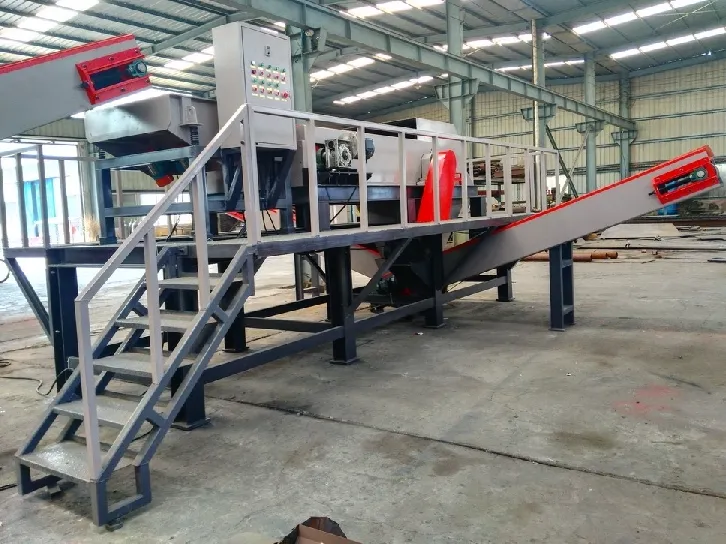
Eddy Current Separator Operating Parameters
Recycling plants around the world rely on Eddy Current Separators to separate and recover non-ferrous metals. The technology utilises high strength magnetic forces to repel and eject non-ferrous metals in many different forms including aluminium beverage cans, car frag, and foils.The large UK-based metal recycler, the Bird Group, developed the world’s first Eddy Current Separator in 1981. The significance of the development resulted in the Bird Group receiving the Prince of Wales’ Award for Technology and Innovation and the Tomorrow’s World Award to Technological Development and Innovation. The technology would change the landscape of metal recycling, enabling easier and more efficient recovery and separation of valuable non-ferrous metals such as aluminium and copper. In the following decade, Eddy Current Separator technology evolved with many different suppliers offering their own designs with varying separation abilities.Read more -
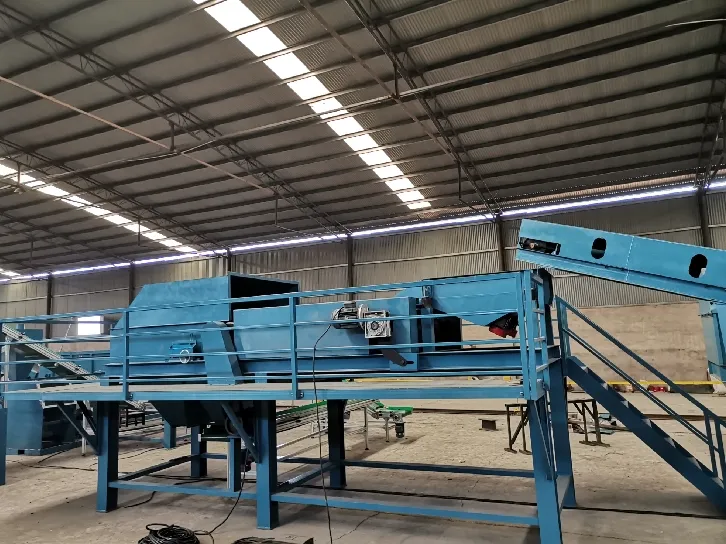 Eddy Current Separators are designed for separating fractional-sized non-ferrous metal from your product stream. They are built for dirty, dusty surroundings found at many job sites. Permanent rare earth magnets used in the separators are well-suited for industrial applications. We designed the Eddy Current Separator to have deeper magnetic fields than the standard conventional designs. This improves the rate of nonferrous separation and recovery and directly increases profits.In addition to the deep magnetic field, several patented features set the Eddy Current Separator apart from the rest. Designed for durability, easy maintenance and low-cost operation;Eddy Current Separators are your industrial, non-ferrous metal recovery solution.Read more
Eddy Current Separators are designed for separating fractional-sized non-ferrous metal from your product stream. They are built for dirty, dusty surroundings found at many job sites. Permanent rare earth magnets used in the separators are well-suited for industrial applications. We designed the Eddy Current Separator to have deeper magnetic fields than the standard conventional designs. This improves the rate of nonferrous separation and recovery and directly increases profits.In addition to the deep magnetic field, several patented features set the Eddy Current Separator apart from the rest. Designed for durability, easy maintenance and low-cost operation;Eddy Current Separators are your industrial, non-ferrous metal recovery solution.Read more -
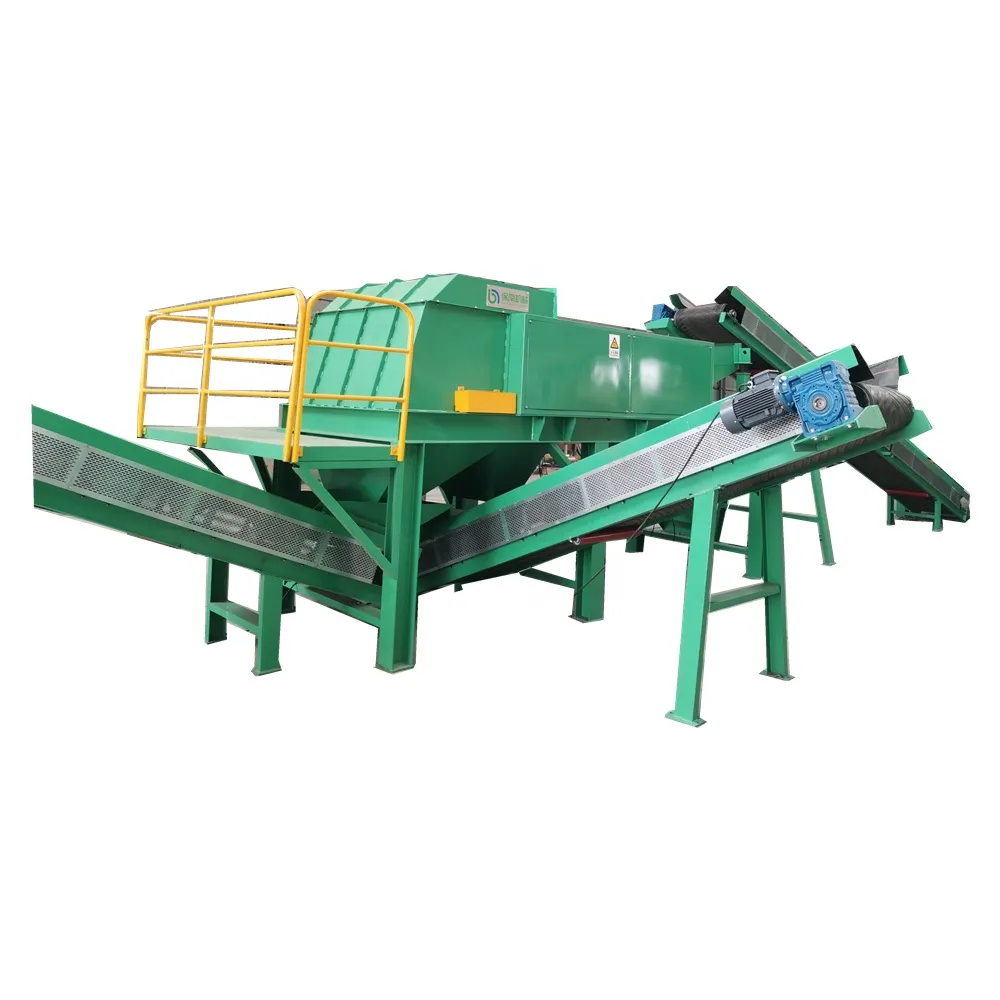 In an eddy current separator, there is a short belt of conveyors that has its drive located at the return end and a high-speed magnetic rotor system installed at the discharge end. This rotor, which is positioned within a separately rotating non-metallic drum, revolves at high-speeds during working, whilst the outer drum cover rotates at the speed of the eddy currents belt conveyor.Read more
In an eddy current separator, there is a short belt of conveyors that has its drive located at the return end and a high-speed magnetic rotor system installed at the discharge end. This rotor, which is positioned within a separately rotating non-metallic drum, revolves at high-speeds during working, whilst the outer drum cover rotates at the speed of the eddy currents belt conveyor.Read more -
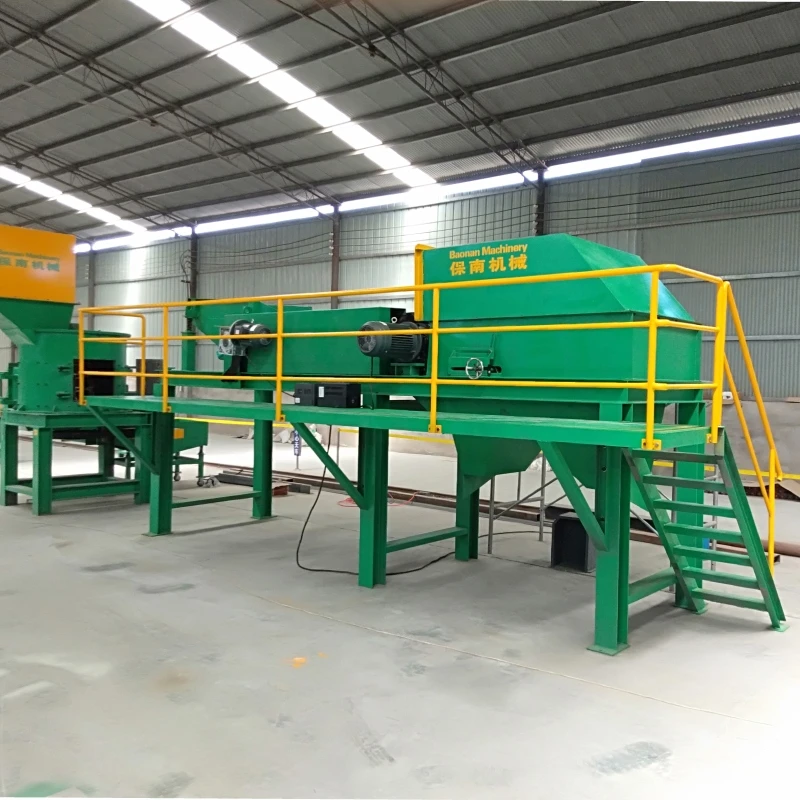 The Eddy Current Separator is used widely in the recycling industry to either recover or remove non-ferrous metals from non-metallic materials. Different designs enable the separation of small (down to 3mm) and large non-ferrous metals.Read more
The Eddy Current Separator is used widely in the recycling industry to either recover or remove non-ferrous metals from non-metallic materials. Different designs enable the separation of small (down to 3mm) and large non-ferrous metals.Read more -
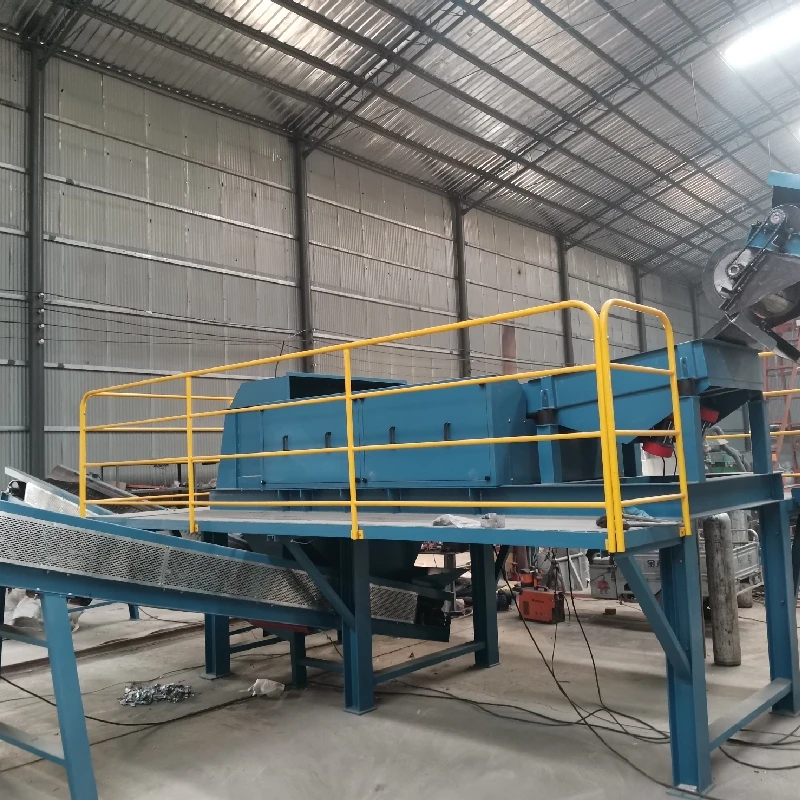
Physical sorting – The Eddy current separation method
The most obvious example of sorting is that of using magnets to attract ferrous scrap. Magnetism occurs in iron due to unpaired electrons in the d-orbital giving each iron atom a magnetic moment. All these moments are aligned due to the interaction of the d-orbitals, giving an overall magnetic orientation. Magnetic materials can therefore be separated easily.Read more -
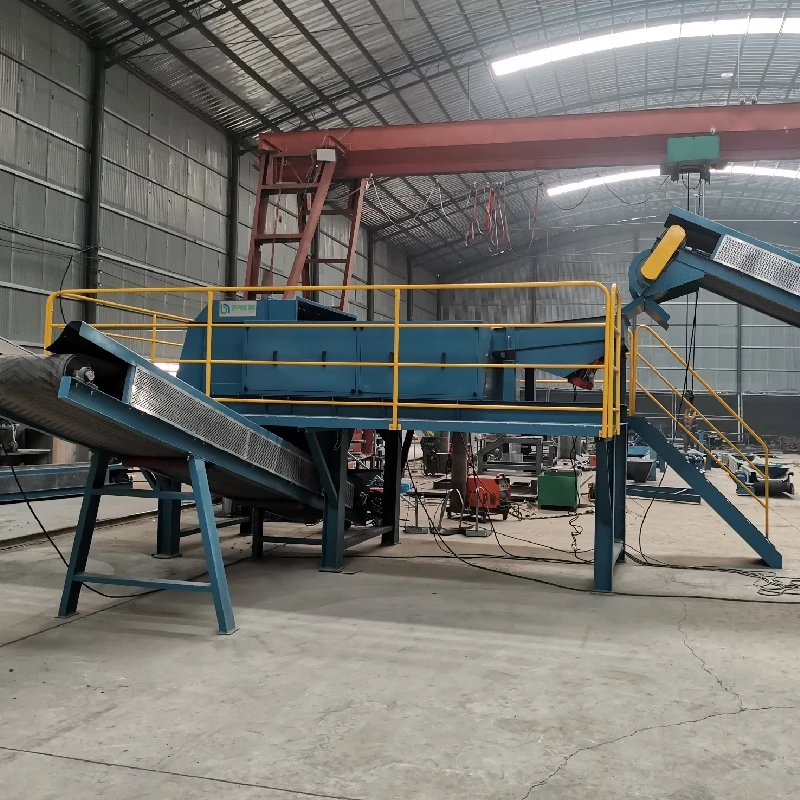
5 Key Eddy Current Separator Operating Parameters
Around the world, recycling plants rely on Eddy Current Separators to separate and recover various types of conductive non-ferrous metals. An Eddy Current Separator works by utilizing high strength magnetic forces that repel and eject non-ferrous metals. Examples of materials separated by an Eddy Current Separator include aluminum soda cans, aluminum foils in discarded packaging, and different sizes of scrap metal and wire from ASR and ICW automotive, appliance, and electronic recycling applications.Read more -
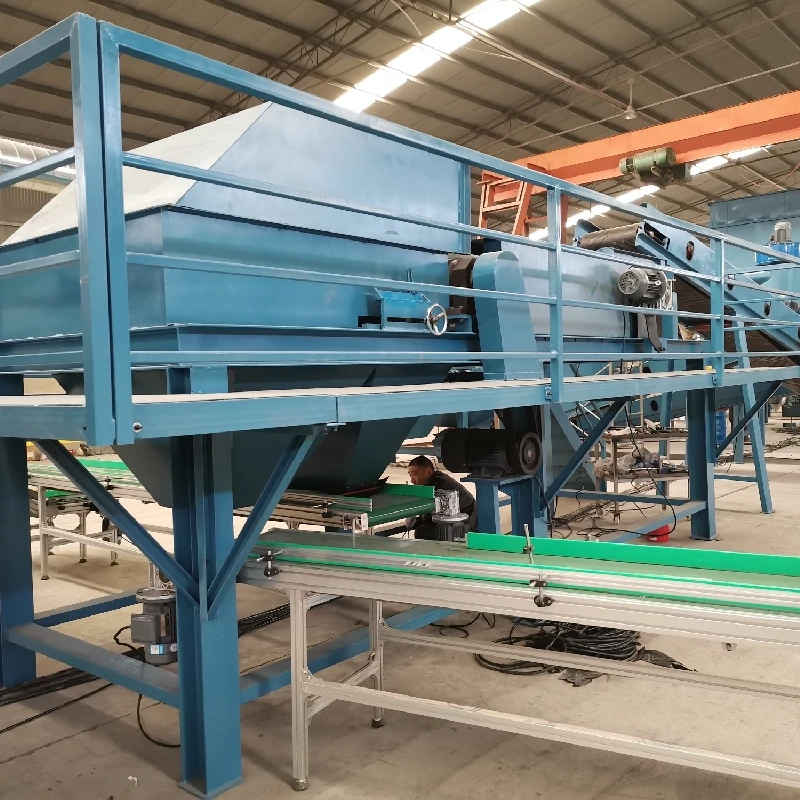
Working Principle of Eddy Current Separator
A rotating drum wrapped by a permanent magnet (High Performance NdFeB Magnets) produces a alternating magnetic field. When a metal with conductive properties passes through the magnetic field, an eddy current will be generated in the metal. The eddy current itself generates an alternating magnetic field, which is opposite to the direction of the magnetic field generated by the magnet rotor, that is, it generates a repulsive force (Lorentz force) on the metal, which separates the metal from the material flow and achieves the purpose of separation.The repulsive force generated by eddy current on the conductor is related to the strength of the magnetic field change, the conductivity, density, area and shape of the conductor.Read more -
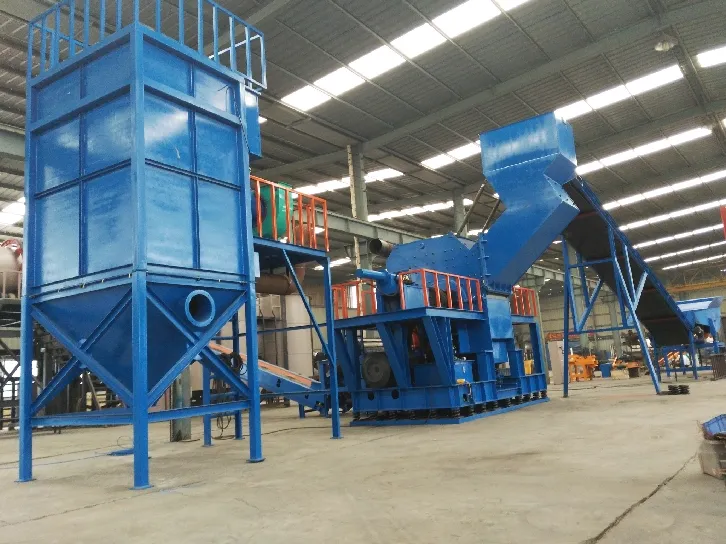
High-Quality Aluminum Shredder for Sale | Efficient Metal Recycling Solutions
The Growing Demand for Aluminum Shredders In recent years, the recycling industry haRead more -
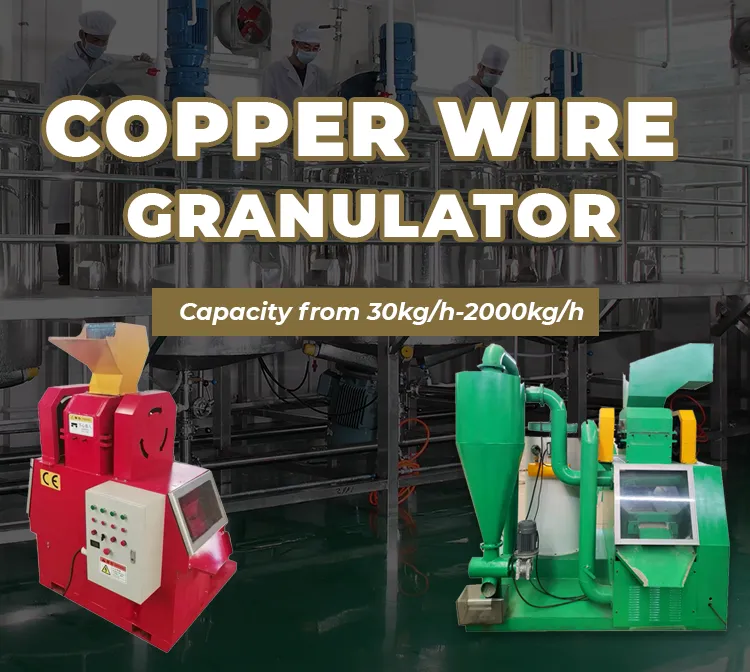
Подрібнювач скла Hammer Mill - Ефективне рішення для переробки скла
Млин для скла ефективне рішення для переробки скла Млини для скла, зокрема молотковіRead more



